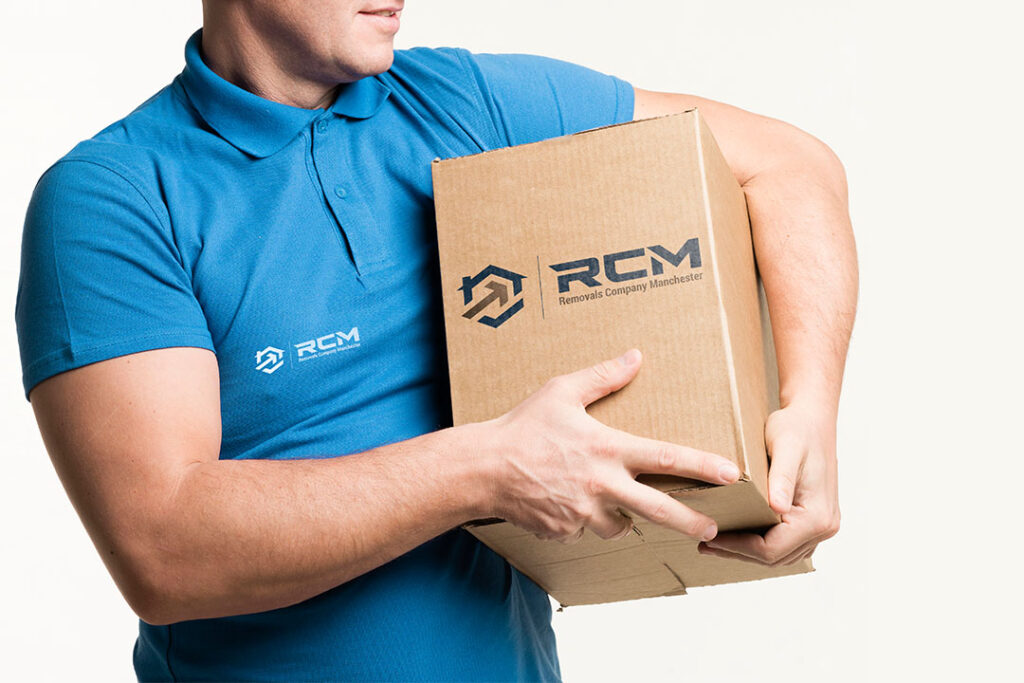Best Tips To Selecting An Office Moving Company
Best Tips To Selecting An Office Moving Company
Blog Article
Ten Tips For Office Relocations The Context Of An Extensive Service Offering
For a smooth office relocation, it is important to plan your move strategically as well as coordinate and utilize specialist service providers. Here are ten tips on how to offer the complete office relocation:
1. Plan and consult Detailed
Start with a first meeting to get a better understanding of the client's expectations, timeframe and budget. A tailored relocation plan must include a timeline and budget estimates as well as crucial milestones. A thorough survey of the site will help you identify any issues that could be encountered, including the need for special equipment or restrictions on access.
2. Inventory Space Management Plan
Inventory management is a type of service which catalogs all objects like office furniture, furniture equipment, and many more. This will assist you in packing efficiently and make sure that nothing gets lost or misplaced. Space planning can optimize the layout of your office by studying the workflow, needs of employees ergonomics, workflow and more.
3. Professional Packing and Unpacking Services
Make use of professional packing methods and materials to ensure the secure transport of sensitive office equipment, such as servers, computers and sensitive documents. Provide unpacking and set-up services to ensure that the office is set up quickly and get the office up and running.
4. IT and Technology Relocation Services
Coordinate the relocation of IT infrastructure, such as servers and workstations as well as telecoms networks, data centers and more. Make sure proper disconnecting, moving, and reconnecting of all systems in order to reduce interruptions. Provide network and IT configuration services for the new location.
5. Furniture Disassembly & Reassembly
Expertise in disassembly and removal, and reassembling of office furniture. This includes desks, cubicles, conference tables, chairs and specialized furniture. Furniture and employees are safe when handled properly.
6. Comprehensive Moving Insurance & Risk Management
Provide comprehensive insurance options that will protect you from loss and damage. Plan to manage risk and minimize any issues that may occur, like delays or damages.
7. Building Management and Coordination
Coordinate with building management in both locations to deal with parking permits, loading dock reservations, as well as elevator access. To avoid delays or extra costs, make sure that the building regulations are in place.
8. Green and sustainable practices
Use sustainable methods like recycling old furnishings, minimizing packaging waste, and utilizing environmentally sustainable materials. Donate or to dispose of the furniture and other equipment that is no longer environmentally friendly.
9. Support for Post-Move and setting-in services
Following the relocation, offer assistance for any issues that may arise. Provide settling assistance like IT support and orientation to employees.
10. Helping with communication and change management
Assist the client's internal communication efforts by supplying templates, timelines, and FAQs to inform employees throughout the process. Change management is a fantastic method to boost morale of employees.
Conclusion
Comprehensive office relocation services go beyond moving items. The services include professional handling, preparation, risk assessments and assistance after the move to ensure an easy transition. These services allow relocation companies to provide a superior level of value and ease the burden on their customers. Follow the best read this post here for site info including herman miller aeron 2nd hand, used office furniture dealers, office furniture, commercial office furniture, refurbished herman miller, 2nd hand aeron, 2nd hand aeron, office furniture table and chairs, 2nd hand herman miller chair, chair office herman miller and more.
System For Managing Documents: 10 Suggestions To Ensure Security And Comply
Security and compliance play an essential role in every Document Management System. A well-designed DMS needs to have robust security, and be in compliance with regulations and industry standards such as GDPR as well as HIPAA. This will protect sensitive information, and help to avoid costly breaches. Here are 10 suggestions for increasing security and compliance within the context of a DMS:
1. Implement Role-Based Access Control
Ensure the DMS supports Role-Based Access Control to restrict access to sensitive documents according to user roles and the responsibilities. This minimizes the risk of unauthorized access and ensures only authorized individuals can view, edit, or delete documents.
2. Use encryption to protect data at rest and in transit
Secure documents during transit and at rest. This will block access by unauthorized parties even if sensitive data is captured.
3. Make sure to check Industry Regulations
The DMS should be designed to meet industry-specific regulations like GDPR, HIPAA, CCPA, or FINRA. It is essential that the system includes features such as the ability to anonymize data, consent management audit trails, as well as data retention policies to meet regulatory requirements.
4. Keep detailed audit trails and activity logs
The DMS should keep comprehensive audit trails of every user's activity, such document creation, access and modifications. These logs play a crucial role in monitoring usage and detecting unauthorized activities. They also ensure accountability in the event of a security breach.
5. Incorporate Multi-Factor Authentication (MFA)
Allow multi-factor authentication for access to the DMS to add an extra layer of security. MFA makes use of a combination of something the user is (like fingerprints) and something they are familiar with (like their password).
6. Regularly update and patch DMS
Update the DMS frequently to include the most recent security patches. Staying up to date with patches and updates can reduce the risk of vulnerabilities that can be exploited.
7. Implement Data Loss Prevention (DLP) measures
Integrate Data Loss Prevention Tools to monitor and safeguard sensitive information in the DMS. DLP can be utilized to identify and prevent data breaches. This is accomplished by blocking, identifying and preventing unauthorized access and the transfer of confidential information.
8. Retention of documents and disposal Policies
Implement automated policies for document retention and destruction within the DMS. It is crucial to make sure that documents are kept for the appropriate time and then safely disposed of when no longer required.
9. Secure Remote Access and Mobile Device Management
With the increasing popularity of remote work it is important to ensure your DMS offers safe remote access. It should also be compatible with Mobile Device Management. It protects sensitive documents that are accessed on mobile devices, by enforcing protocols like remote wiping, encryption of devices, as well as secure VPN.
10. Conduct Security Audits on a regular basis and Audits for Compliance
Conduct periodic security audits and check for compliance to find weaknesses and holes in the DMS. periodic assessments can help make sure that the system you have is compliant with the latest regulations and helps protect you from new threats.
You can also read our conclusion.
Prioritizing security and compliance allows businesses to secure sensitive information, ensure data integrity and avoid legal and financial penalties. A DMS that has strong security features, compliance capabilities and increased trust with customers and other stakeholders can provide peace of mind and increase the amount of trust. Have a look at the recommended document scanning recommendations for blog examples including document workflow system, company document storage, workflow automation solutions, scanning records, workflow software, sample record retention policy, document workflow system, document handling software, automation and workflow, best workflow management systems and more.
10 Tips For International Relocation Businesses Cost Transparency As Well As Flexibility And Customer Service
When you are evaluating international moving firms, cost transparency, flexibility, customer support and responsiveness are crucial aspects that can assure a stress-free, smooth experience. Here are ten tips to help you assess these elements effectively:
1. Request detailed and itemized Quotes
Request a precise estimate that breaks down each cost associated with moving. It should include all costs including transportation, packing as well as insurance, customs fees, and other costs. It is important to itemize your charges in order to avoid unexpected costs and to know exactly what you're paying for.
2. Find hidden fees, additional charges, and other expenses
It is important to inquire about hidden charges or additional charges that might arise in the course of the move. These could include fees for expedited moving services, storage costs and other costs that may be unexpected. Knowing these options will assist you in budgeting your expenses and avoid unexpected costs.
3. Compare quotes from a variety of companies
You can compare costs and services by requesting quotes from different international relocation companies. You can then compare the costs and decide which one is most competitive.
4. Find out if the Service is flexible. Packages
It is important to find companies offering flexible plans of service that can be tailored in accordance with your specific needs. If you require complete-service packaging or simply transportation an accommodating provider will modify their services to suit your needs and budget.
5. Changes to the policy and cancellations
Review the policies of the company regarding cancellations or modifications to the relocation plan. Flexible companies provide reasonable alternatives in the event that you have to change plans, dates or services. They should also be transparent about fees.
6. Examine the quality of customer support
If you have any concerns or questions, contact the company. Look for responsiveness as well as professionalism, courtesy and helpfulness. It is essential to have a good customer service in order to address issues promptly and to ensure an efficient process.
7. Assure 24/7 Support
Choose a firm that offers 24/7 customer service. This is crucial especially when traveling across the world and dealing with various time zones. You can receive assistance anytime regardless of time difference.
8. Examine Support Channels and Communication Methods
You can check the support channels for assistance, such as phone and email as well as live chat. Consultations in person are also readily available. Multi-channel communication allows for flexibility and makes it simple to contact the company on any issues or changes.
9. Look for Transparency and Honesty in Service Execution and Timelines
Make sure the company offers clearly defined timelines and explains each stage of the move. Regular updates on the move's status and delivery dates can ease anxiety and reduce expectations.
10. Check out the reviews and testimonials from our customers.
Read customer reviews and testimonials to assess the reputation of the company for cost transparency flexible, customer service. The actual experiences of past customers provide valuable insights into the company's handling of these aspects.
Conclusion
It is possible to choose an international moving company insisting on transparency in pricing, flexibility and customer service. They will offer clear pricing, flexible services and excellent support throughout the entire move. These are important factors for an efficient relocation. They can reduce stress and avoid problems that might arise. Read the recommended international removals for site tips including removals uk, moving of furniture, relocation quote, interstate moving quote, relocation services companies, moving and relocation services, move movers, moving relocation, crown removal company, removalist storage and more.